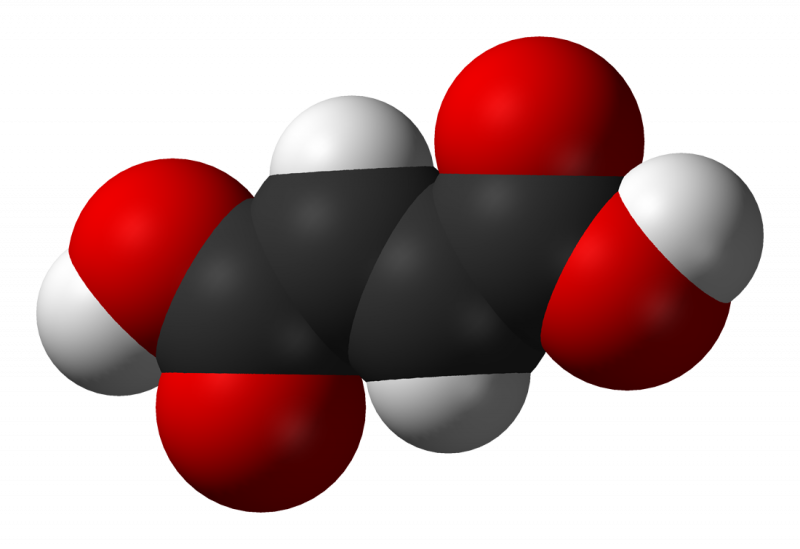Overview of Fumaric Acid
Fumaric acid is an organic acid that naturally occurs in some plants and fungi. Its chemical formula is HO2CCH=CHCO2H. It is a white crystalline powder that is relatively stable and non-toxic. Fumaric acid has two carboxyl groups that give it potential for forming esters and salts, lending itself to various industrial applications.
Sources and Production of Fumaric Acid
Commercially, Fumaric Acid is primarily obtained through fermentation processes using microorganisms like Rhizopus species. The microbes are cultured in aqueous solutions containing carbohydrate sources like glucose or sucrose. Through a series of metabolic processes, the microorganisms catalyze the conversion of sugars into fumaric acid inside their cellular compartments. After fermentation, fumaric acid is extracted from the cells and purified through crystallization to obtain the finished product.
Some other production methods involve the hydration of maleic anhydride produced from benzene or butane. However, fermentation is now the predominant industrial process due to its higher yields, lower costs and more sustainable production. A few plant sources of fumaric acid include lichen species and fumitory plants, but extraction from these is typically not commercially viable.
Key Industrial Applications
Given its chemical structure and properties, fumaric acid serves as an important basic building block for many derivatives and other final products. Some of its major uses across different industries are:
Unsaturated Polyester Resins: Fumaric acid is widely used in manufacturing unsaturated polyester resins (UPRs), which are key materials for industries like construction, transportation and industrial manufacturing. When copolymerized with glycols, UPRs are cured to form strong, durable polyester plastics with applications as fiberglass laminates, panels, and industrial moldings.
Alkyd Resins: Used in alkyd resins, which are important constituents of oil-based paints and surface coatings. Alkyd resins provide gloss, durability and adhesion properties to paints through reaction of fumaric acid with glycerol and fatty acids. Paints manufactured using alkyd resins have applications across automotive, industrial and decorative sectors.
Food Acidulant: Fumaric acid functions as a food additive with the E number E297. It is used as an acidity regulator and flavoring agent in foods, especially baked goods, snack foods, and beverages to impart a tart or sour taste. The acid helps improve food quality attributes like shelf-life, microbial safety and taste.
Animal Feed: As a feed additive, fumaric acid in optimum concentrations promotes growth and gut health of poultry and livestock. Studies show it assists nutrient absorption in animals due to its acidifying properties in the digestive system.
Pharmaceuticals: A number of drugs employ fumaric acid esters as their active ingredients. These work to modulate immune responses and are used for conditions like psoriasis, rheumatoid arthritis and multiple sclerosis. It has minimal side effects and good safety profile for internal use.
Malic Acid Production: Some malic acid, an important organic acid, is industrially manufactured by hydration of fumaric acid. Malic acid sees wide application as an acidulant and flavorant in foods and personal care products.
This demonstrates how the chemical properties of fumaric acid make it suitable for an array of downstream derivative products across multiple industries globally. Its main industrial use is in manufacturing resins for construction, transportation and industrial applications. The food, animal feed, pharmaceutical and other specialty chemical sectors also consume sizeable amounts of fumaric acid.
Market Overview and Trends
The global market for fumaric acid had an estimated size of $430 million in 2020 which is projected to exhibit steady growth at around 5% during this decade. The Asia Pacific region accounts for the dominant share of around 35% of global demand at present led by countries such as China, India, Indonesia and Malaysia. This is attributed to the large capacities of fumaric acid producers and robust growth of resin-consuming industries in Asia. North America and Western Europe are other major regional markets.
Some of the key factors influencing future prospects in the fumaric acid market include:
- Rising requirements for unsaturated polyester resins from construction sector expansion in developing regions
- Increased traction of alkyd resins in industrial coating formulations due to superior performance
- Growing demand for processed packaged foods and beverages driving fumaric acid use as acidulant
- Flourishing pharmaceutical industry creating new opportunities for fumaric acid ester drugs
- Imposition of environmental regulations necessitating adoption of bio-based chemicals like fumaric acid
- Capacity additions by fumaric acid manufacturers to cater increasing global consumption
- Shift towards fermentation as preferred production process over petro-based facilities
In conclusion, as a crucial chemical intermediate, fumaric acid market is projected maintain steady growth riding on the coat-tails of resin, food and pharma industries in the coming years. Manufacturers would do well to strategize supply chain capabilities and product differentiation to leverage new prospects across end-use sectors.
Get More Insights On Fumaric Acid
